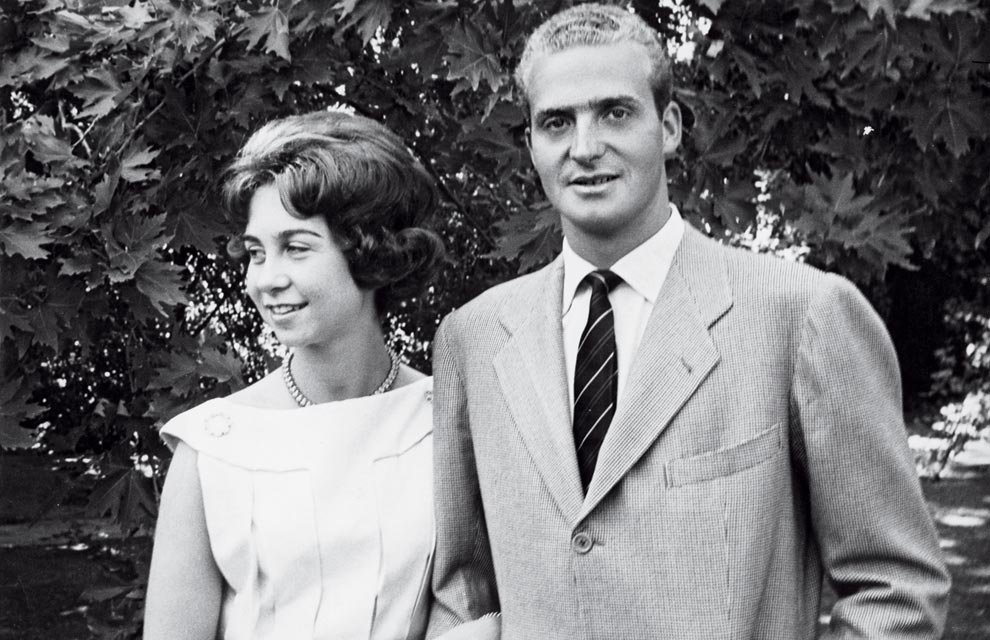
by Carolina González | Aug 9, 2016 | Events, Traditions, Travel
DISTINGUISHED VISITOR: THE KINGS OF SPAIN in Areco’s town
In the late 1970s, they arrived on an official visit to our country: Juan Carlos I and Queen Sofia of Spain. One of the stops was San Antonio de Areco. On that afternoon of pure barbecue, music and dance; a young but already very experienced Juan José Draghi, amazed with his work all the royal delegation. Over the time, these kings would not be the last -royals – to be dazzled by his work.
EL VISITANTE ILUSTRE: LOS REYES DE ESPAÑA
A finales de la década de 1970, llegaron en visita oficial a nuestro país Juan Carlos I y Sofía, reyes de España. Una de las paradas fue San Antonio de Areco, gracias a los buenos oficios del comodoro Juan J. Güiraldes. En esa tarde a puro asado, música y baile; un joven pero ya muy experimentado Juan José Draghi, asombro con su obra a toda la delegación real. Con el tiempo, estos reyes, no serian los últimos –monarcas- en deslumbrarse con el trabajo del maestro.
sanantoniodeareco.travel
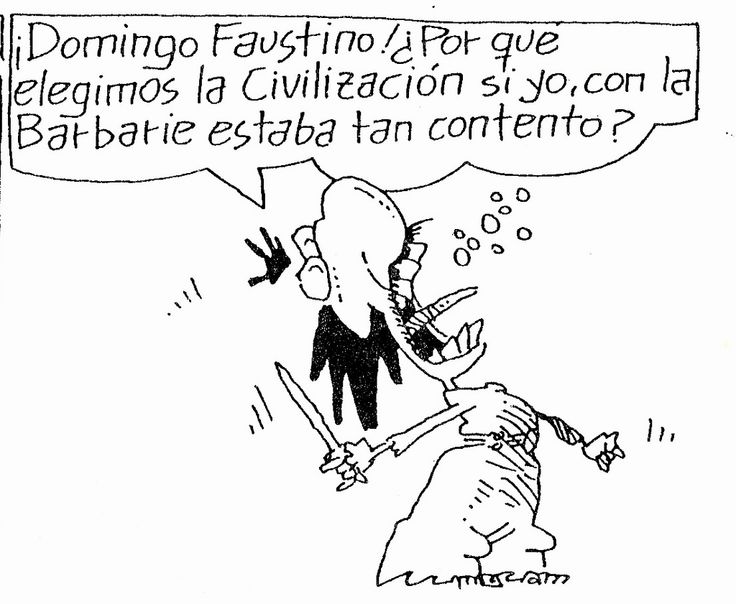
by Carolina González | Aug 9, 2016 | Las Pampas, Traditions
About the gaucho comic strip:DISTINGUISHED VISITOR: INODORO PEREYRA
Fontanarrosa as the author of the”stainless” Inodoro Pereyra, could not be indifferent to San Antonio de Areco. In his bullet under the title of “The Sorcerer Roani”, he presents the gaucho “Inodoro” very ill and with little strength to continue living; and in his baleful bed, his will and memories make reference to the town of Areco.
EL VISITANTE ILUSTRE: INODORO PEREYRA
Fontanarrosa como autor del “inoxidable” Inodoro Pereyra , no podía ser indiferente a San Antonio de Areco. En su viñeta bajo el titulo de “El brujo Roani”, nos presenta al gaucho Inodoro muy enfermo y con pocas fuerzas para seguir viviendo; y en su lecho funesto, su testamento y recuerdo al Pago de Areco…
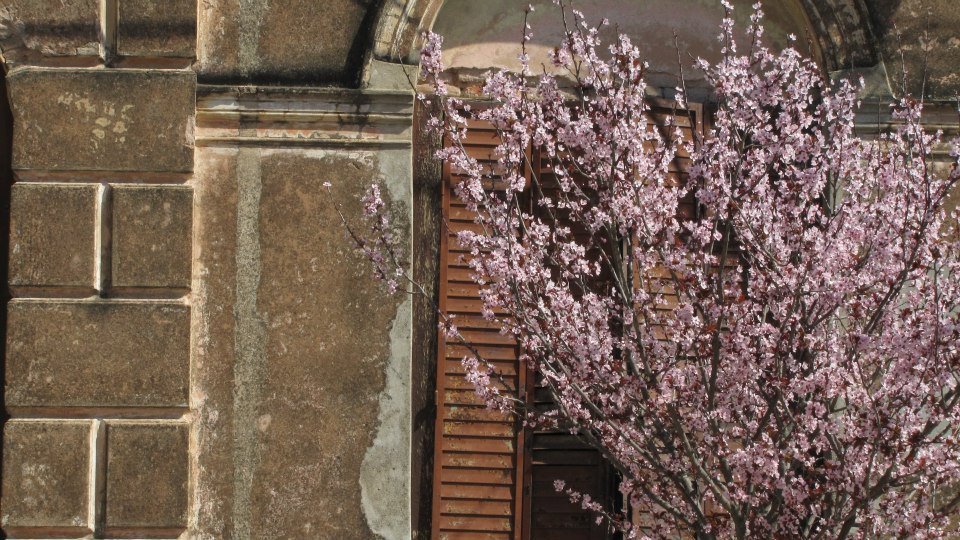
by Carolina González | Aug 1, 2016 | Estancias, Horses, Las Pampas, Traditions, Travel
The historical center: In 1978 the rural town of Areco began a phase of patrimonial protection of the architecture.
A lot of buildings of creole style were rescued. The Patrimonial Protection Zone was transformed in time into one of the biggest turistical attractions.
In 1999 San Antonio de Areco was declared by the Presidency of the Nation a Historical Town of National Interest. To walk through the town’s atmosphere is a charming experience.
SPANISH:
En 1978 Areco inicio una etapa de protección patrimonial arquitectónica sin parangón en la región. Numerosos edificios de estilo criollo italianizado fueron rescatados y puestos en valor. La Zona de Preservación Patrimonial se convirtió con el tiempo en una de las atracciones del pago. El esfuerzo se coronó en 1999 cuando por Decreto de la Presidencia de la Nación, San Antonio de Areco fue declarado Poblado Histórico de Interés Nacional. Caminar dentro de esta atmósfera es una experiencia encantadora.

by Carolina González | Aug 1, 2016 | Horses, Las Pampas, Traditions, Travel
Tourism San Antonio de Areco.
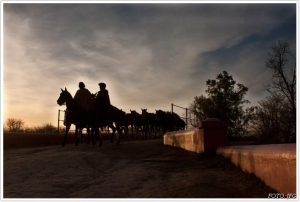
Year 1968, newspaper “La Nación” promotes tourism in San Antonio de Areco. The Tourism management of the Buenos Aires province publishes in the graphic media the advertising for visiting the town of San Antonio de Areco. The town and the museum named “Ricardo Guiraldes” generated in those years a magnetism that still exists. If you want to learn more about this town and its gaucho traditions and culture, you can visit the webpage sanantoniodeareco.travel.
SPANISH:
Año 1968; diario “La Nación”. La entonces Dirección de Turismo de la Provincia de Buenos Aires, publica en los medios gráficos la promoción para visitar San Antonio de Areco. El pueblo y el Museo “Ricardo Güiraldes” generaban por aquellos años, un magnetismo que continua vigente.
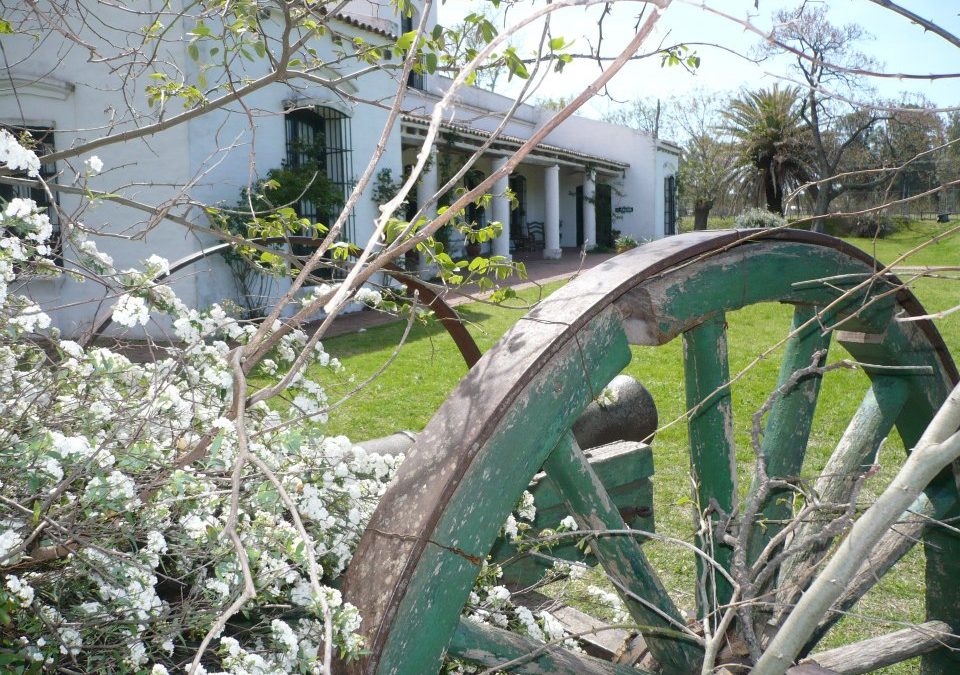
by Carolina González | Aug 1, 2016 | Events, Las Pampas, Traditions
The creole park and the museum “Ricardo Güiraldes” represents the gaucho tradition
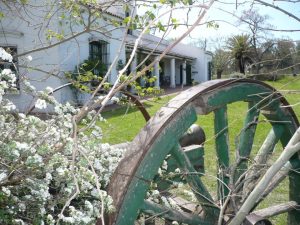
There are guided tours to the “Blanqueada”. There is some “gaucho” history to discover, and all our tradition is concentrated in these emblematic spaces. We invite you to visit all these places if you are interested in gaucho culture and also Argentinian history. You can visit these in San Antonio de Areco, a traditional town of the Argentinian pampas. Free of charge!







